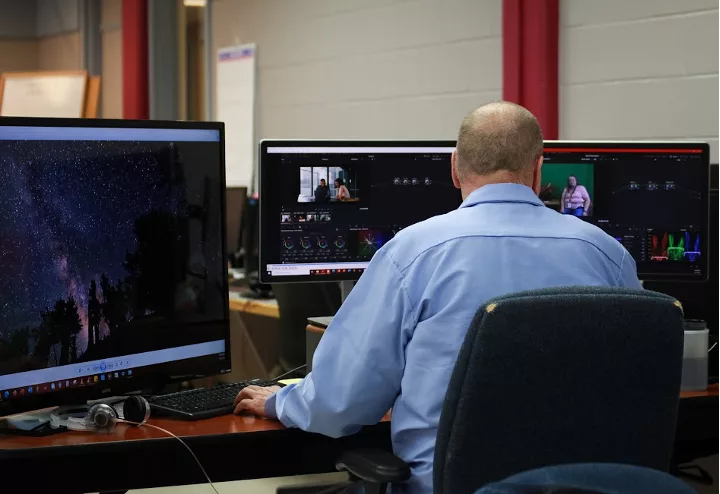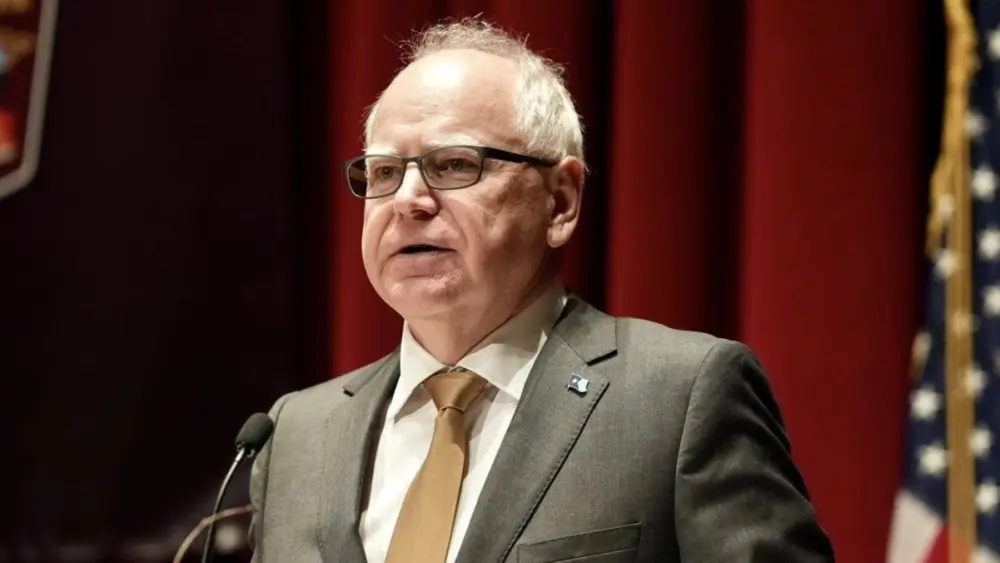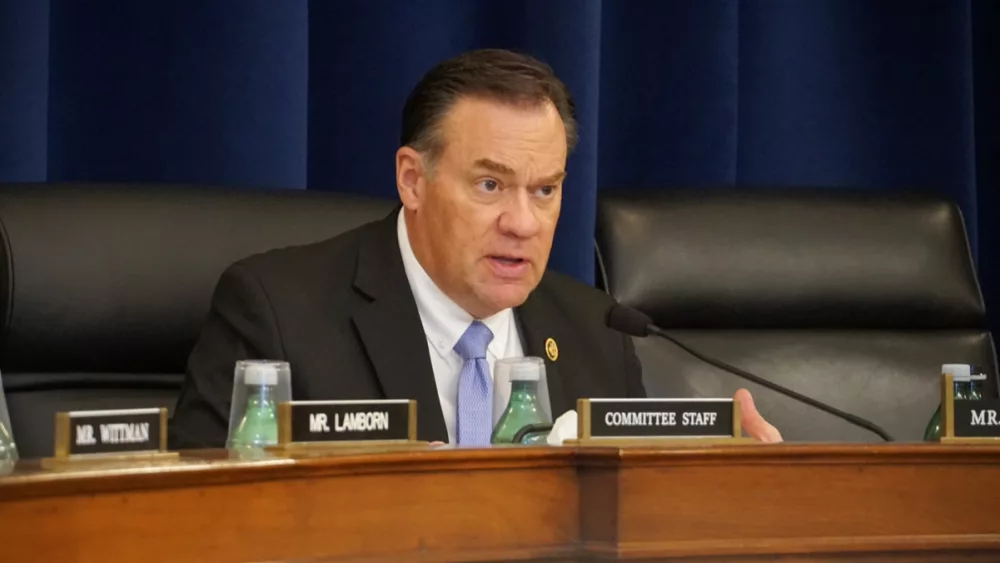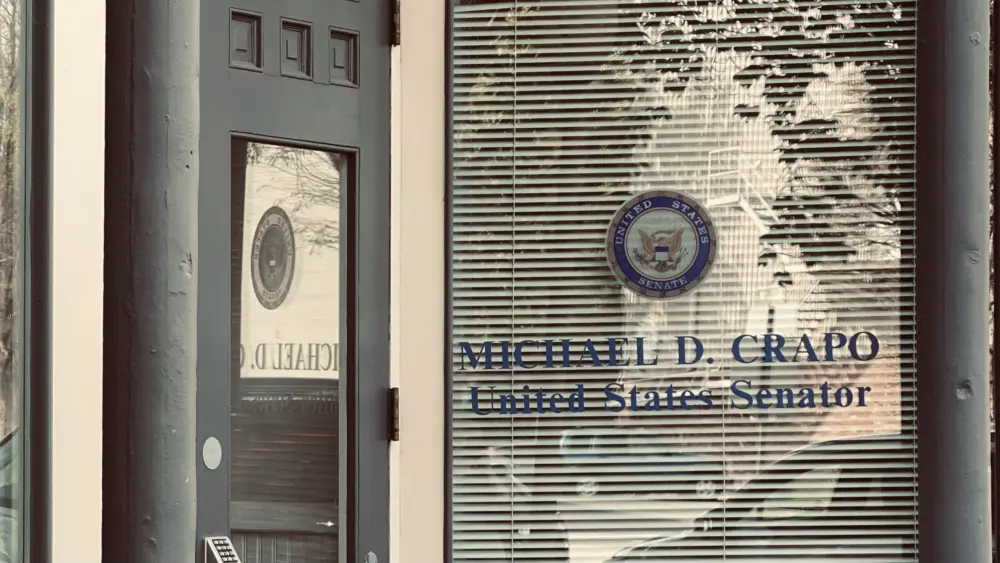Originally posted on IdahoEdNews.org on May 28, 2025
MOSCOW, ID – In one of Idaho’s nine prisons, an incarcerated person can choose to pursue their GED, take classes in finance or gardening, pursue trade certificates in fields like construction, or even learn how to code.
However, traditional college courses have previously been out of reach, with the only option being clunky and unreliable “mail-in” courses.
Now, several Idaho prisons have in-person classes for college credit, a change that only happened because of the efforts of dedicated educators like Omi Hodwitz, a professor of criminology at the University of Idaho.
Hodwitz has worked tirelessly over the last several years to expand higher education prison programming offered by the University of Idaho. Now, the college offers three degrees for students in prison: communication, general studies and organizational sciences. There are currently 60 students spread across three Idaho prisons.
Of her and her team, she said: “Most of us are doing it because we’re educators and it’s our responsibility, our duty, and our privilege to provide education…particularly [to] communities that otherwise have difficulty accessing education.”
There’s really no statistical grounds to argue against prison education, explains Hodwitz.
“Every metric you look at, whether it’s the individual getting a job, not going back to prison, the number of crimes in the community, every single metric shows the benefits of college education,” she said.
According to a RAND report, incarcerated individuals who participated in education programs while in prison were 43% less likely to return to prison within three years.
Other RAND studies have shown that investing $1 in prison education programs leads to a $4-5 dollar reduction in incarceration costs during the first three years after the release of a prisoner.
Hodwitz also emphasizes that it is about more than the numbers. “On the individual level, college education really changes things for individuals who are incarcerated. It changes their identity, their sense of self-worth, their sense of accomplishment, their ability to envision what they could do with their future.”
In fact, college coursework while in jail changed the course of Hodwitz’s life. Coming from a “long line of offenders,” her father was incarcerated throughout most of her childhood. Then, she too served a brief time in jails in her late teens and early 20s.
However, Hodwitz was able to work on her criminology undergraduate degree while serving time in jails, meaning she’s seen the success of college education firsthand.
The University of Idaho’s journey to entering the doors of Idaho Correctional Institution–Orofino (ICIO) illustrates both the barriers and rewards to higher education in prison.
Aiming to get college courses started, dedicated prison instructor the late David Manley, reached out looking for college connections.
Hodwitz at U of I answered his call, and gathered college students and others at the university willing to help.
Inside the prison, incarcerated individual Trip Taylor joined the team, using his educational background to tutor other students.
In the case of ICIO and other prisons, getting college courses started is complicated. Here are just a few barriers:
- Limited Internet Access: Makes online courses challenging
- Limited Research Ability: Lack of internet hinders academic research
- Low Wages & Tuition Costs: Prison hourly wages average around $1 an hour, making it difficult to afford tuition. Previously, Federal Pell Grants were unavailable.
- GED Requirement: One-third of the incarcerated in Idaho do not have high school diplomas and must first earn a GED.
- Educational Barriers: Many of the incarcerated have had difficult past experiences with education. Currently, about 13% of Idaho prisoners choose to participate in educational programming.
- Institutional Requirements: Department of Education requirements and state requirements add complexity.
At ICIO, the first step to offering college courses was an Inside Out Program, where university students make the hour drive from Moscow to Orofino to take college courses alongside incarcerated individuals.
At first, 10 traditional college students and 10 incarcerated students met together. Most incarcerated students audited the course, unable to pay course fees.
On the CONtrast Podcast produced inside ICIO, Hodwitz talked about the influence these courses have on the “outside” U of I students.
“Within the first couple of classes, their entire perspective has changed considerably. Their old priorities fade into the background. It becomes about building bonds and establishing relationships ….they start to…appreciate the amazing opportunity they have to learn from the inside, [incarcerated] students.”
Though interest in the class grew, the COVID-19 pandemic hit and slowed in-person prison education Inside Out courses.
Educators forged on, looking for other college funding and course options. Eventually, their efforts paid off. They received a competitive Second Chance Pell Grant in 2021, an experimental program giving thousands of dollars in Pell Grants to select groups of prisoners.
These grants would pay for a portion of their course fees and hopefully allow more students to take courses for credit as opposed to just auditing.
With funding secured, the educators now had to address the logistical hurdles of making these courses accessible to the incarcerated individuals.
Granting those in prison unrestricted access to the internet is not an option, so the team had to figure out how to get college courses uploaded into the prison’s learning management system.
Incarcerated at the time was Trip Taylor, who served in prison from 2016-2023. Equipped with a bachelor’s degree in physics and a two different master’s degrees in education, Taylor decided to put his education to use and help other incarcerated people work towards their own degrees.
“I started working in the school right when I got into the prison, and I met some amazing people who had just not been shown the patience enough to be given the opportunity to succeed. A lot of them had dropped out really early, had failed in education for many years…I spent years working with guys and just building their resolve and building their resilience in feeling comfortable in education.”
Along with helping students, Taylor also took all of the college coursework for each student and entered it into the prison’s learning management system. He also collected assignments so they could be emailed to the correct professors.
“That was a ton of work,” Taylor explained. “Way more work than it needed to be. The infrastructure wasn’t there, we had to work around it….it was a headache for a lot of us throughout the process. But the pride that I saw in guys that were completing classes and getting A’s and finding success was well worth the time and effort.”
Taylor applauded the efforts of prison instructor Manley, recalling, “he fought as hard as he could to make sure that we had the opportunities we did.”
He also praised Hodwitz, saying she was “remarkable in spearheading those programs and making sure they were functional.”
Improvements to prison college course infrastructure are underway. Hodwitz recently enabled access to JSTOR’s digital repository for incarcerated students, a standard research tool in higher education.
As of the 2023-2024 academic year, academically eligible incarcerated people can apply for Pell Grants to help pay for college. This should lead to an increase in the number of incarcerated people able to take college classes, though federal administration uncertainties may affect the effectiveness of this roll-out.





